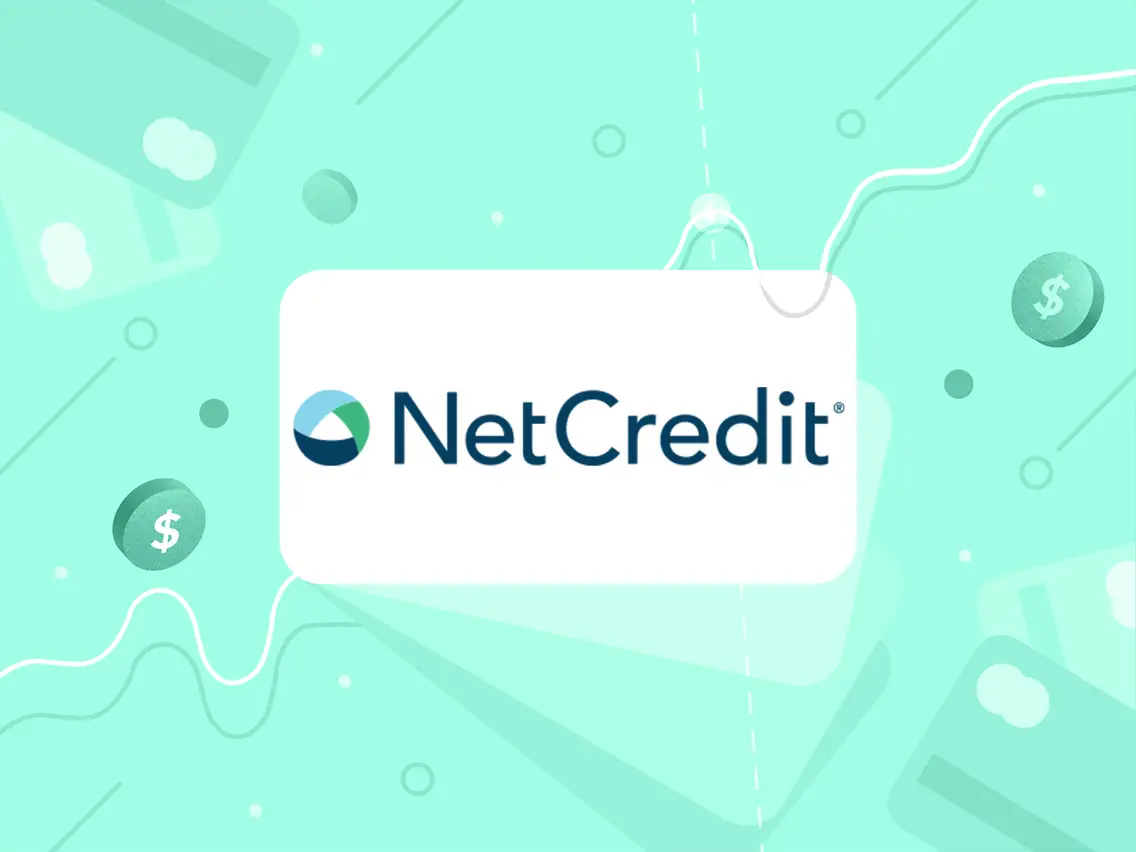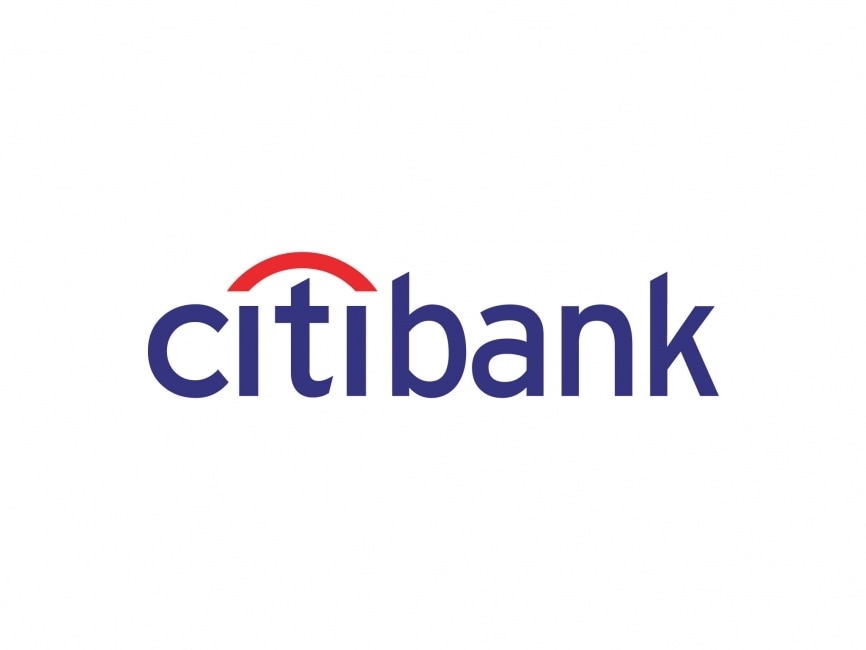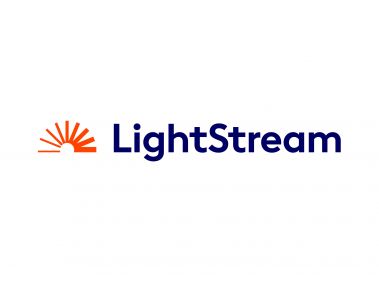Learn about Direct Subsidized Loans, a type of federal student loan program designed to alleviate financial burden during specific periods of study.
Direct Subsidized Loan is a federal student loan program that offers financial assistance without accruing interest during specific periods. Discover its advantages, disadvantages, and application process in this comprehensive guide.
Advantages of the Direct Subsidized Loan
Direct Subsidized Loan offers several advantages for students in need of financial aid. One significant benefit is that borrowers are not responsible for paying interest while in school, during grace periods, or deferment periods. This feature alleviates financial burden, allowing students to focus on their education without accumulating additional debt. Additionally, the loan program provides flexible repayment options, ensuring borrowers can manage their finances effectively post-graduation.
Disadvantages of the Direct Subsidized Loan
Despite its benefits, Direct Subsidized Loan has certain limitations to consider. While interest is not accrued during specified periods, it may be charged during the grace period for loans disbursed between July 1, 2012, and June 30, 2014. This could result in increased repayment amounts for borrowers during the grace period. Additionally, eligibility for Direct Subsidized Loan is based on financial need, potentially excluding students who do not meet specific criteria.
Extra features offered by Direct Subsidized Loan
Direct Subsidized Loan offers additional features to enhance the borrowing experience. These include access to entrance counseling, which helps borrowers understand their obligations and responsibilities regarding loan repayment. Additionally, borrowers are required to sign a Master Promissory Note, outlining the terms and conditions of the loan agreement. These resources ensure borrowers are well-informed and equipped to manage their loan effectively.
Learn how to apply for your Direct Subsidized Loan
Applying for Direct Subsidized Loan involves several steps to ensure a smooth process. Firstly, students must complete and submit a Free Application for Federal Student Aid (FAFSA®) form. Based on the results of the FAFSA form, the college or career school will provide a financial aid offer, which may include federal student loans. Borrowers must then complete entrance counseling and sign a Master Promissory Note to finalize the loan agreement.
Discover the main ways to apply for the Direct Subsidized Loan
There are various methods to apply for Direct Subsidized Loan:
From the site:
Students can visit the official FAFSA website to complete and submit the application online.
From the site App:
For added convenience, students can download the FAFSA app from the Apple App Store or Google Play Store and apply directly from their mobile devices.
By agency:
Alternatively, students can visit the financial aid office at their intended school and speak with a representative who will guide them through the application process.
Direct Subsidized Loan offers valuable financial assistance to students, allowing them to pursue higher education without the burden of accumulating interest during specific periods. While it has certain limitations, such as interest accrual during grace periods and eligibility criteria based on financial need, the program remains a vital resource for students in need of financial aid. By understanding the features, application process, and prerequisites, students can make informed decisions to finance their education effectively with Direct Subsidized Loan.



